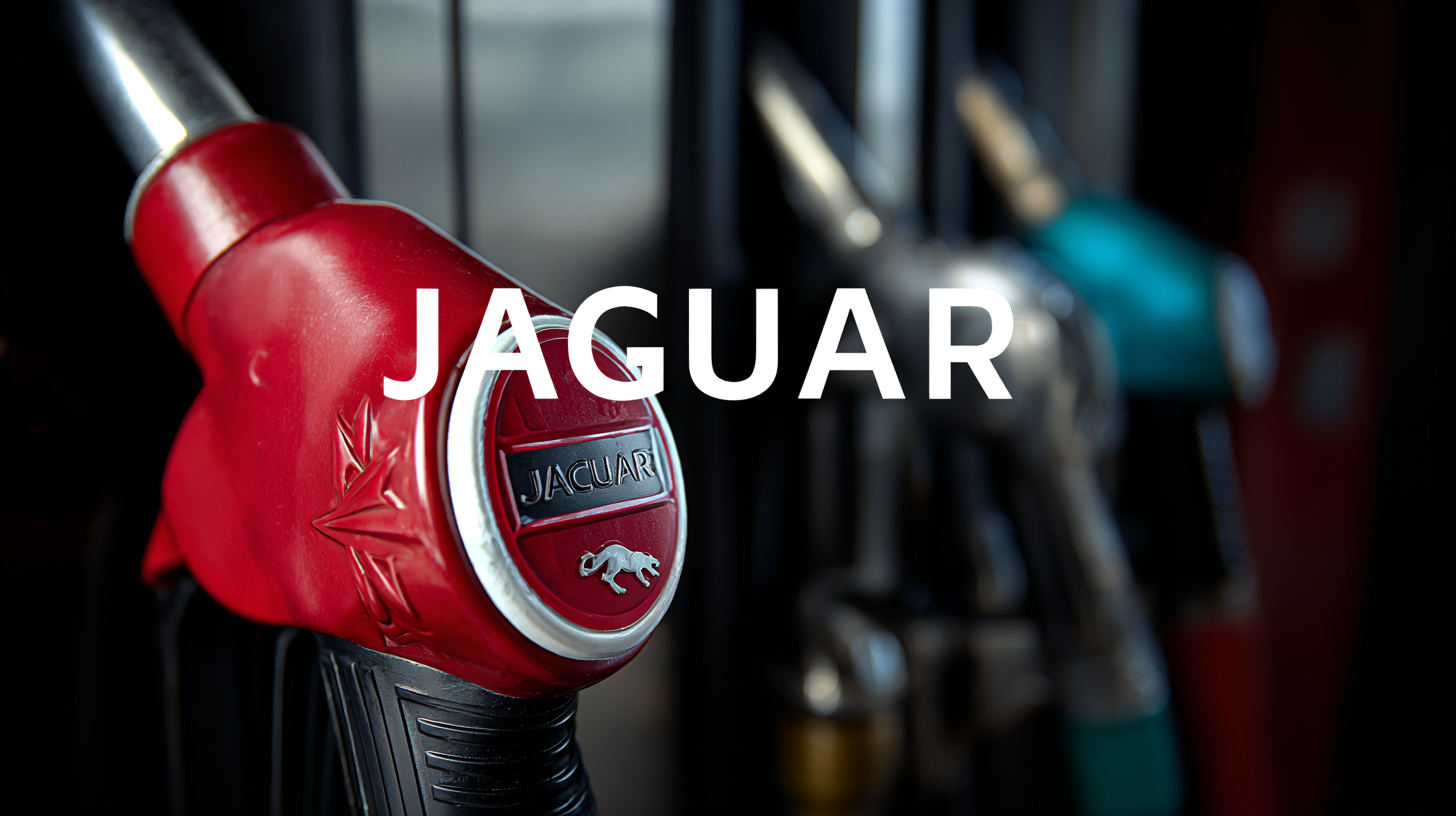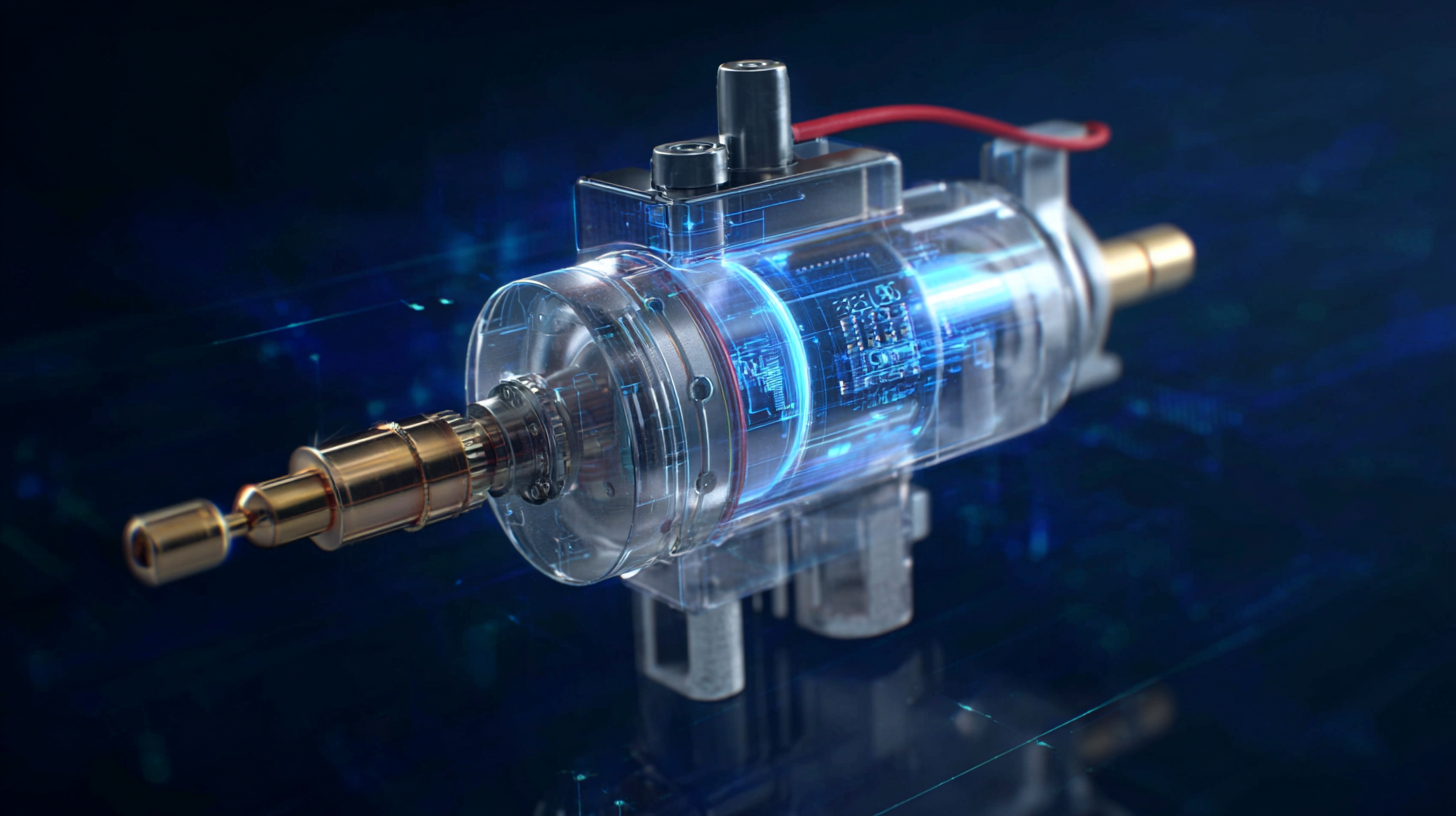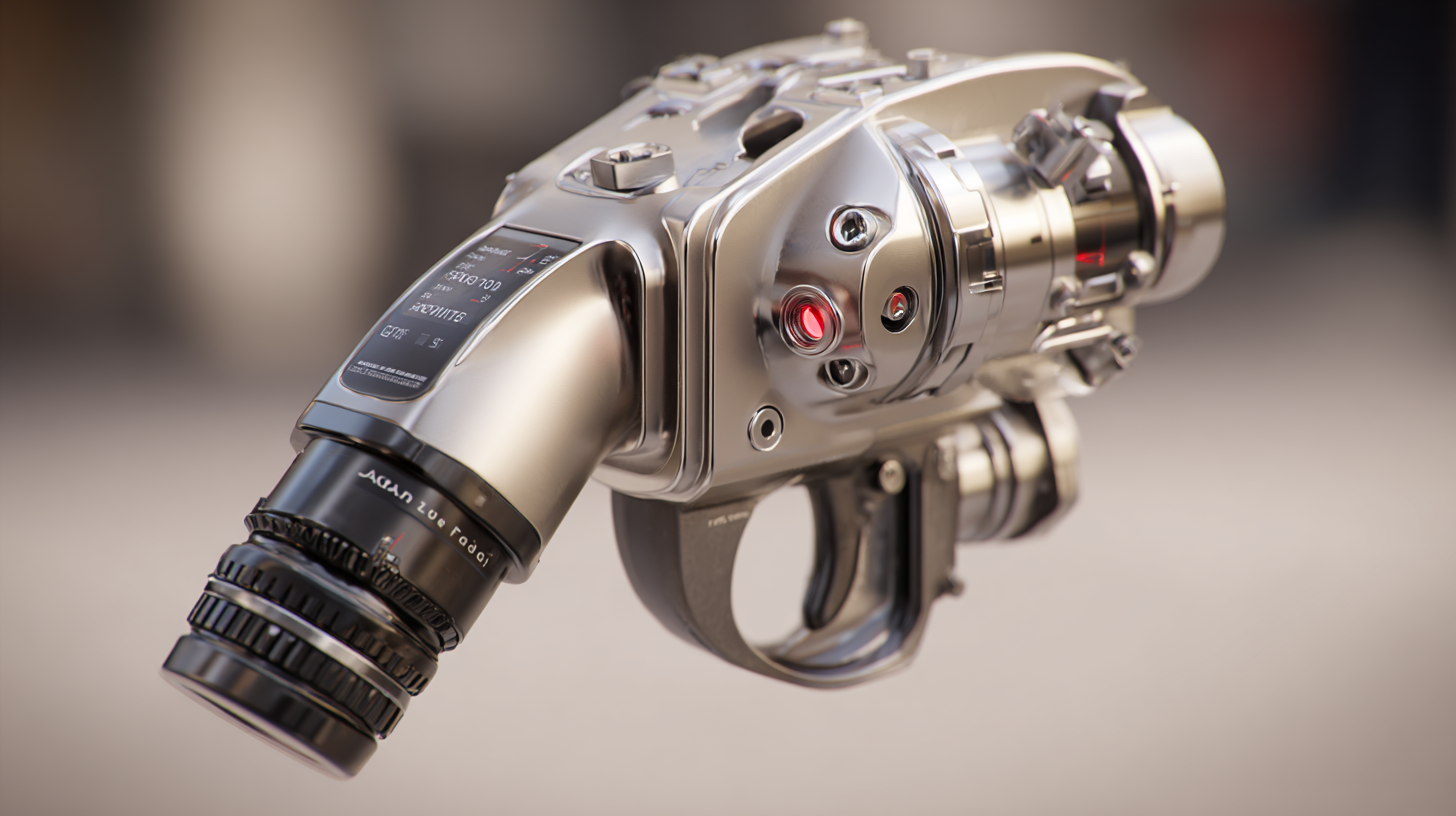
In the realm of automotive innovation, the evolution of performance components has reached unprecedented heights, with the Jaguar Fuel Pump standing out as a critical element in enhancing vehicle efficiency and power. According to recent industry reports, the global fuel pump market is projected to reach USD 8.4 billion by 2027, driven by the increasing demand for high-performance vehicles and advancements in fuel delivery technology. As manufacturers strive to meet stringent emission standards and consumer expectations, the Jaguar Fuel Pump exemplifies cutting-edge design, integrating advanced materials and electronic controls to optimize engine performance. This blog will explore the detailed technical specifications of Jaguar Fuel Pumps, highlighting their role in modern automotive engineering and innovative practices that set them apart in a competitive market.

When considering the future of high-performance Jaguar fuel pumps, there are several key features that ensure optimal performance in automotive innovation. First and foremost is the pump's ability to deliver consistent fuel flow under various conditions. A high-quality fuel pump should maintain pressure even at high RPMs, which is crucial for maximizing engine performance and efficiency. Look for pumps with advanced engineering designs, such as those that incorporate electronic control systems to precisely manage fuel delivery, enhancing overall responsiveness.
Another essential feature to consider is the fuel pump's durability and resistance to wear. Given the demanding nature of high-performance engines, fuel pumps must withstand extreme temperatures and various fuel formulations without degrading. Opt for pumps that are constructed from robust materials, such as industrial-grade aluminum or high-grade plastic, which can endure the harsh environments of modern driving. Additionally, enhanced filtration systems within the pump can help prevent contaminants from damaging the engine, ultimately prolonging the life of both the fuel pump and the vehicle itself. These features collectively contribute to the performance and longevity of Jaguar's innovative automotive technology.
| Feature | Description | Benefits |
|---|---|---|
| Fuel Pump Type | Electric or mechanical pumps designed for high efficiency. | Ensures optimal fuel delivery and pressure management. |
| Material Quality | Durable materials resistant to corrosion and wear. | Extends the lifespan of the pump and reduces maintenance costs. |
| Flow Rate | Measured in liters per hour (LPH), indicating fuel delivery capacity. | Higher flow rates can enhance engine performance and efficiency. |
| Pressure Rating | Indicates the pump's ability to maintain fuel pressure. | Ensures consistent fuel delivery under varying engine loads. |
| Noise Level | Noise produced during operation, usually measured in decibels (dB). | Quieter pumps improve overall driving comfort. |
| Thermal Protection | Built-in mechanisms to prevent overheating. | Prevents pump failure and enhances reliability. |
| Compatibility | Designed for specific fuel systems and engines. | Ensures seamless integration and optimal functioning. |
In the automotive industry, the evolution of fuel pump technology is at the forefront of engineering innovation, particularly for brands like Jaguar. The introduction of innovative technologies has significantly transformed the functionality and efficiency of Jaguar fuel pumps. Enhanced materials, such as lightweight composites and advanced alloys, not only improve durability but also streamline performance under high pressures. This incremental improvement enables better fuel atomization and combustion efficiency, enhancing overall engine performance.
Furthermore, the integration of smart sensors and IoT capabilities into fuel pumps marks a revolutionary step forward. These sensors provide real-time data on fuel levels and pressure, allowing for predictive maintenance and optimized fuel delivery. This not only extends the lifespan of fuel pumps but also ensures that the vehicle operates at peak efficiency. As Jaguar continues to embrace these cutting-edge technologies, it sets a benchmark in the automotive sector, showcasing how innovation can lead to sustainable practices and superior driving experiences.

Essential maintenance is crucial for maximizing the longevity of your Jaguar fuel pump, ensuring that your vehicle performs at its best. Regular checks of the fuel system can help identify any issues before they escalate. Start by monitoring the fuel filter, which should be replaced according to your owner's manual recommendations. A clogged filter can restrict fuel flow, putting additional strain on the fuel pump and leading to premature failure.
Another important tip is to keep your fuel tank at least a quarter full whenever possible. Running on low fuel can cause the pump to overheat, as it relies on the gasoline for cooling. In addition, make sure to use high-quality fuel, as lower-grade options may contain impurities that can damage the fuel pump over time.
Lastly, regular inspections and professional maintenance can help ensure that all components of the fuel system, including the fuel pump, are operating smoothly and efficiently, ultimately enhancing the performance and lifespan of your prized Jaguar.
In the realm of high-performance automotive engineering, fuel pumps play a crucial role in delivering the necessary fuel supply to the engine, influencing both efficiency and power output. When comparing Jaguar fuel pumps with competitors, it's essential to evaluate various factors, including design integrity, flow rates, and compatibility with performance modifications. Jaguar has consistently emphasized precision engineering, resulting in fuel pumps that are not only reliable but also finely tuned to complement the performance characteristics of their vehicles. This synergy allows Jaguar vehicles to maintain exceptional power delivery, particularly under high-stress conditions.
On the other hand, competitors in the market may offer alternative solutions that could appeal to a wider range of vehicle types or modifications. Many aftermarket fuel pumps provide impressive flow rates and adaptability, tempting car enthusiasts looking to enhance their ride. However, it's imperative to consider that these pumps may lack the specific design synergy found in Jaguar's offerings, leading to potential performance inconsistencies. Ultimately, while many competitors present viable options, Jaguar fuel pumps exemplify the brand's commitment to performance and reliability, ensuring that owners can optimize their vehicles' capabilities without compromising quality.

In the constantly evolving landscape of automotive technology, fuel pumps have emerged as critical components in enhancing vehicle performance standards. According to a recent report by MarketsandMarkets, the global fuel pump market is expected to reach $18.9 billion by 2025, signifying a compound annual growth rate (CAGR) of 4.6% from 2020. This surge is driven by the increasing demand for high-performance vehicles, with fuel pumps playing a quintessential role in optimizing fuel delivery systems for improved engine efficiency and power output.
High-performance fuel pumps, particularly those used in vehicles like Jaguar, are engineered to withstand extreme conditions while maintaining reliability and precision. Advanced technologies, such as variable speed pumps and electric fuel injection systems, allow these components to adapt to real-time performance demands, ensuring that engines remain responsive and efficient under various driving conditions. As reported by the Society of Automotive Engineers, the integration of high-flow fuel pumps can lead to up to a 10% increase in engine performance, highlighting the pivotal impact these components have on overall automotive innovation. With ongoing advancements in materials and design, the future of high-performance fuel pumps is set to contribute significantly to the next generation of automotive excellence.
This chart presents the expected performance improvements of high-performance fuel pumps over the years from 2021 to 2025. The data illustrates a steady increase in performance standards, reflecting advancements in automotive technology and innovation.
